Steemchurch Farm -Facts About Catfish-
About Catfish:
Catfish are an assorted gathering of fish named for their noticeable barbells, which give the picture of feline like stubbles. Catfish are discovered basically in freshwater conditions of numerous sorts, with species on each landmass aside from Antarctica.Some species from the families Ariidae and Plotosidae are likewise found in marine situations.
There are protective layer plated types and furthermore stripped composes, be that as it may, they don't have scales. Not all catfish families have conspicuous barbells; what characterizes a fish as being in the request Siluriformes are sure highlights of the skull and swimbladder.
Despite the fact that they may not sound energizing, catfish are fantastic survivors as a type of fish. They're ready to live and even flourish in temperatures from simply above solidifying to almost 100 degrees Fahrenheit and can be discovered living inland and in the waterfront waters of each landmass short Antarctica. Take in more fascinating certainties about catfish, including how to fuse them into your aquarium, underneath.
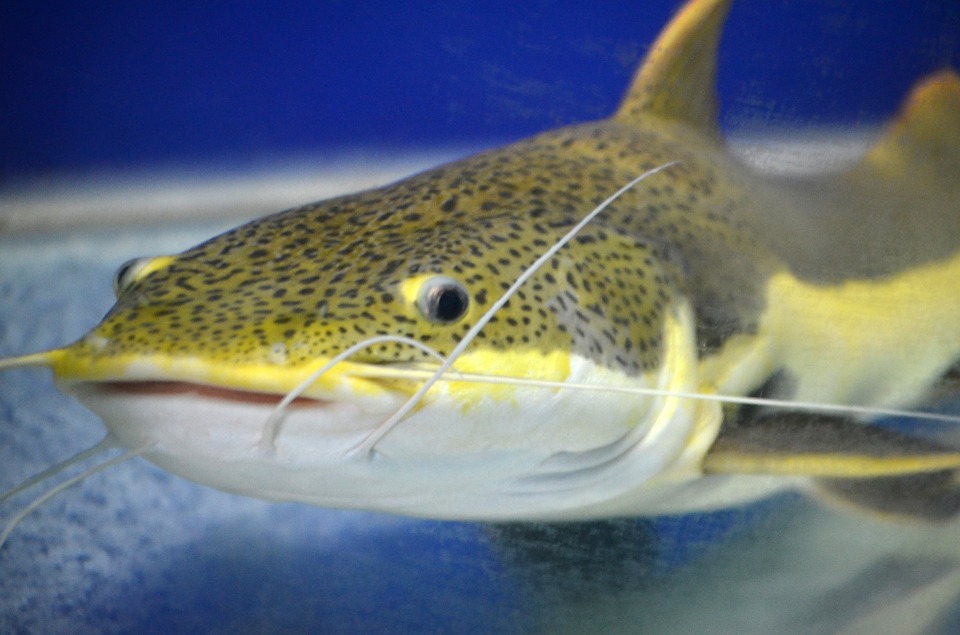
CAT FISH CHARACTERISTICS
Catfish have no scales. All catfish, with the exception of individuals from Electric Catfish family, have a solid, empty, hard driving beam on their dorsal and pectoral blades, through which a stinging protein can be conveyed if the fish is chafed. In individuals from the family Plotosidae (Eeltail Catfish) and of the class Heteropneustes (Sri Lanka Stinging catfish), this protein is so solid it can put a person in clinic on the off chance that they are sufficiently tragic to get a sting.
Catfish have a sweet, gentle tissue which makes them essential as nourishment angle all through the world. Blue Catfish and Bullheads (Ictalurids) are developed in North America (particularly in the Deep South, with Mississippi being the biggest local catfish maker. Airbreathing Catfish (Clariids) and Shark Catfish (Pangasiidae) are vigorously refined in Africa and Asia.
Catfish go in size and conduct from the heaviest, the mammoth Mekong Catfish in Southeast Asia and the longest, the Wels Catfish of Eurasia. The normal size of the species is around 1.2 meters to 1.6 meters, and fish in excess of 2 meters are exceptionally uncommon. The biggest examples on record measure in excess of 2.5 meters long and now and then surpass 100 kilograms in weight
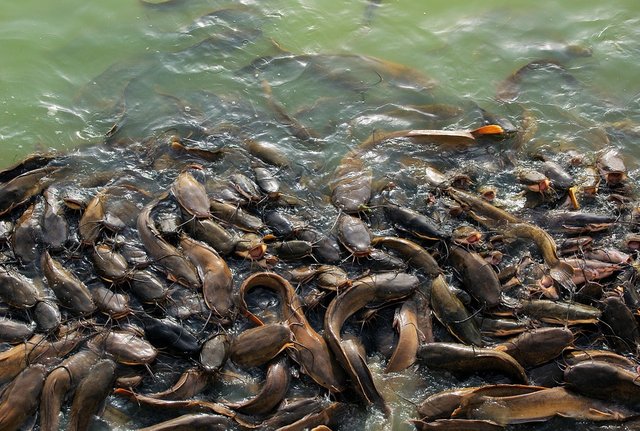
Where Do Catfish Live?
Catfish are a to a great degree differing gathering of beam finned angle that get their epithet from their catlike looking stubbles, which are really barbels that go about as a protection component (not at all like other fish that have scales to guard them). Catfish can live in various conditions, with species that live in saltwater, freshwater and salty water. Some catfish incline toward stale water and others call waterways and streams with quick moving ebbs and flows their homes, everything depends. A few types of catfish are nocturnal(sleep amid the day) while others are diurnal(active amid the day).
Channel catfish, a classification that incorporates in excess of 45 species, represent all the business nourishment angle generation in the United States. There are about the same number of local monikers for the fish as there are species. In the United States alone they're known as mud felines, polliwogs, chuckleheads, enormous bullheads, shovelheads, scoopers and flatties, to give some examples. While there are almost 40 types of catfish in North America alone, just six have been refined for or indicate potential for business creation. Beside that, specific types of catfish make fantastic pet fish and aquarium mates.
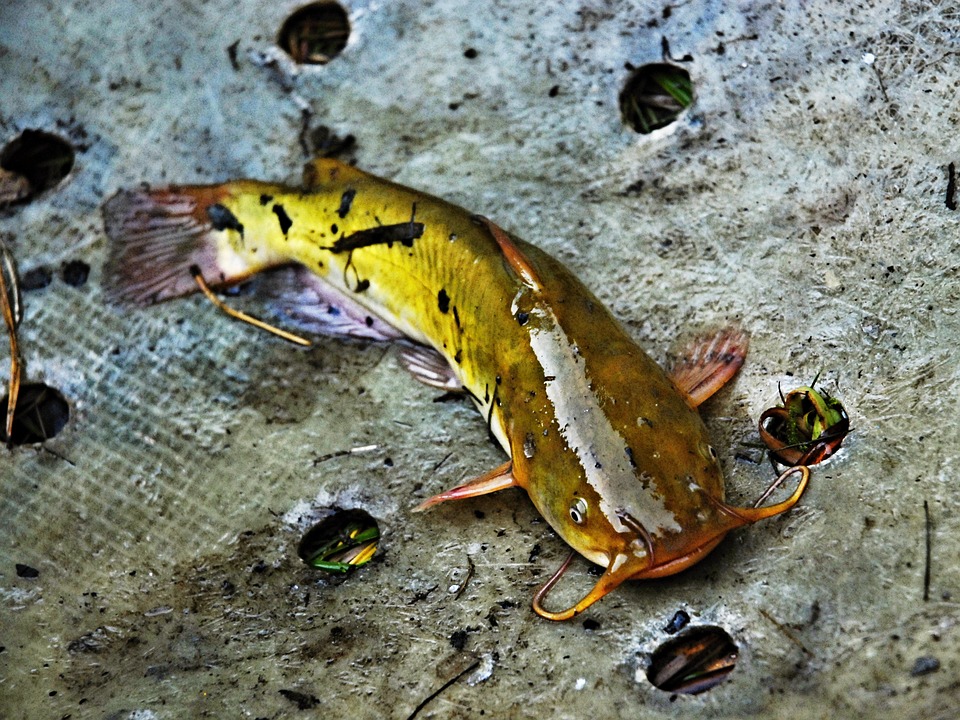
CATFISH HABITATS
The Wels Catfish was acquainted with Britain, Italy, Spain, Greece and some different nations amid the most recent century. The species has prospered in the warm lakes and waterways of Southern Europe. The River Danube, River Po in Italy and the River Ebro in Spain are well known for gigantic Wels Catfish, which grow up to 2 meters. These living spaces contain a lot of sustenance and need regular predators.
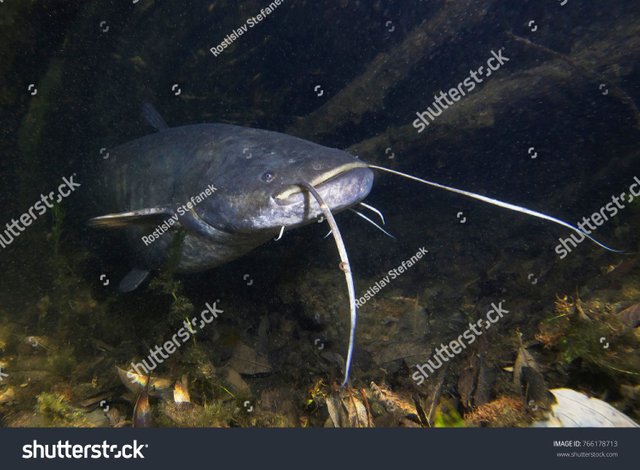
What Do Catfish Eat?
In spite of the fact that the local catfish territory differs radically, all catfish love to eat, and in spite of prevalent thinking, they are not every single scavenger. Catfish travel where the sustenance is, regardless of whether that is rearranging along on a riverbed or skimming the water's surface searching for bigger prey. Wild catfish have extremely different encouraging practices, with some staying strict foragers and others wanting to swallow expansive fish and other prey entirety. Some can be carnivores, herbivores, omnivores, or even limnivores (eating microorganisms inside mud).
A catfish's eating routine changes as it develops, with youthful catfish eating hatchlings and creepy crawlies and develop catfish graduating to bugs, snails, other fish and fish eggs. A couple of select types of catfish even jump at the chance to eat things like wood and green growth, while still more are parasitic and live off the blood of other fish, frogs, rodents and even amphibian winged creatures.
How Big Do Catfish Grow?
It's anything but difficult to discover catfish in every single distinctive shape and sizes, which is incredible news in case you're contemplating adding at least one to your aquarium. The three biggest types of catfish are the Mekong goliath catfish, the Wels catfish and the Piraiba catfish. One of the biggest catfish at any point recorded tipped the scales at about 700 pounds, while the littlest types of catfish achieve only one centimeter long. The measure of a catfish relies upon its species and condition.
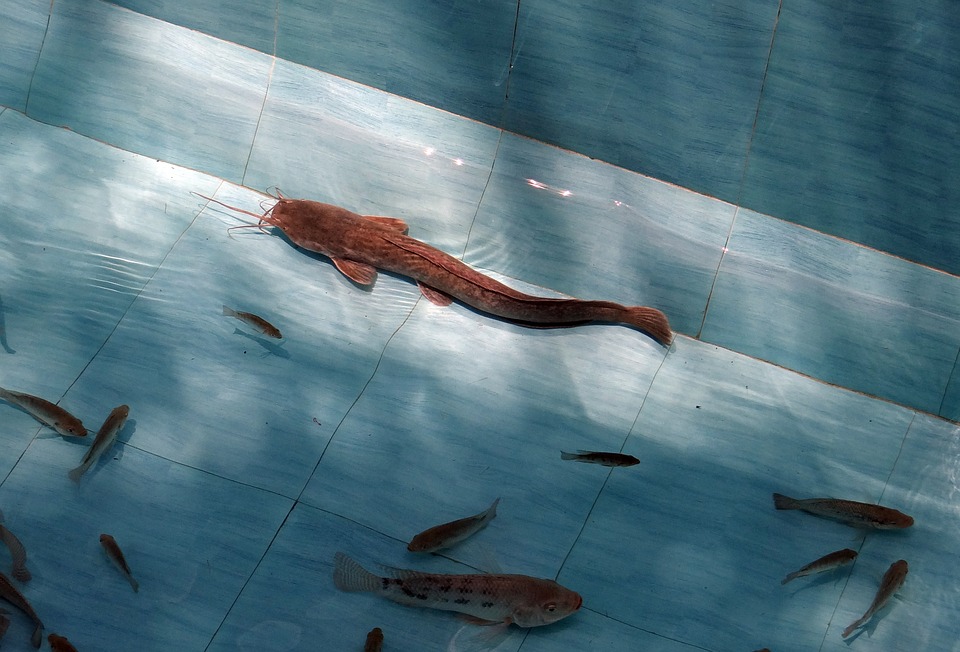
CATFISH DIET
Distinctive Catfish species have differed nourishing propensities. The Channel Catfish (Ictalurus punctatus) and Blue Catfish (Ictalurus furcatus) encourage fundamentally around evening time utilizing taste buds in the touchy barbells and all through the skin to find prey. Despite the fact that they typically feast upon the base, channels additionally will bolster at the surface and at mid-profundity. Significant nourishments are amphibian creepy crawlies, crawfish, mollusks, scavangers and fishes. Little channels devour spineless creatures, yet bigger ones may eat angle. In spite of prevalent thinking, carcass isn't their ordinary sustenance.
The White Catfish (Ameiurus catus) eat angle as their significant nourishment, however they likewise eat larval sea-going creepy crawlies, little scavangers, angle eggs and amphibian plants. They may sustain around evening time, yet are not as nighttime as other catfish.
Yellow Bullheads (Ameiurus natalis) are scroungers and like to eat minnows, snails, shrimp and crawfish. They likewise will feast upon bug hatchlings, vegetation and rotting natural issue. Fragrance and taste assume a crucial part in their nourishing, the vast majority of which is done during the evening. Darker Bullheads (Ameiurus nebulosus) are fundamentally scavengers, nourishing likewise for the most part around evening time. Exceedingly touchy barbells empower them to notice a wide assortment of sustenance, for example, bugs, plant material, remains, little fish, snails, crawfish, worms and bloodsuckers.
Can I Add a Catfish to My Aquarium?
Catfish make a fantastic expansion to any aquarium since they help keep it clean. To the extent aquarium catfish go, there are a few animal varieties that specialists lean toward; some of which stay little (like corydoras) while others become bigger (plecos and Columbian sharks, likewise called Jordan's Catfish). Numerous pet catfish species have a tendency to do well in gatherings or little schools and they even coexist with a portion of the more forceful types of fish, as betta angle. The sort of catfish you pick for your aquarium relies upon the size tank you have and alternate kinds of fish in it.
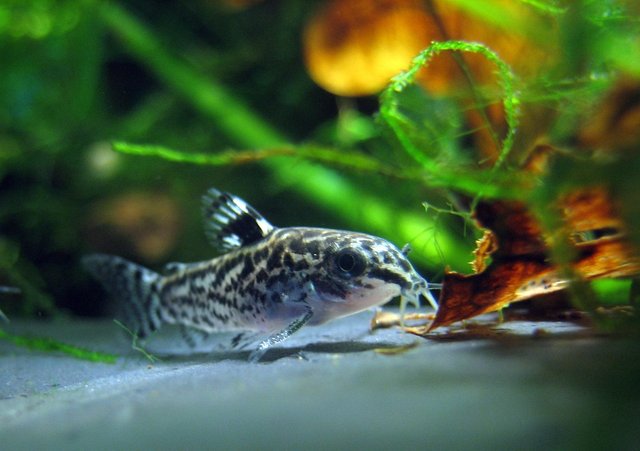
Catfish Facts
A catfish has around 100,000 taste buds, and their bodies are secured with them to help distinguish chemicals introduce in the water and furthermore to react to touch.
Some old societies used to keep catfish in their lavatory lakes as a characteristic method for disposing of waste.
The Asian strolling catfish can really lift itself up and "stroll" over the ground with its front blades and tail. It will walk short separations when it needs to migrate to an alternate pool or waterway.
Some types of catfish can inhale through their skin, which is the reason most types of catfish are inadequate with regards to scales and have smooth, bodily fluid secured skin.
Catfish are one of a couple of fish that have an organ called the Weberian mechanical assembly that they use to speak with each other submerged. The Weberian mechanical assembly likewise enhances its listening ability capacity. Catfish make extra sounds by rubbing parts of their bodies together submerged.
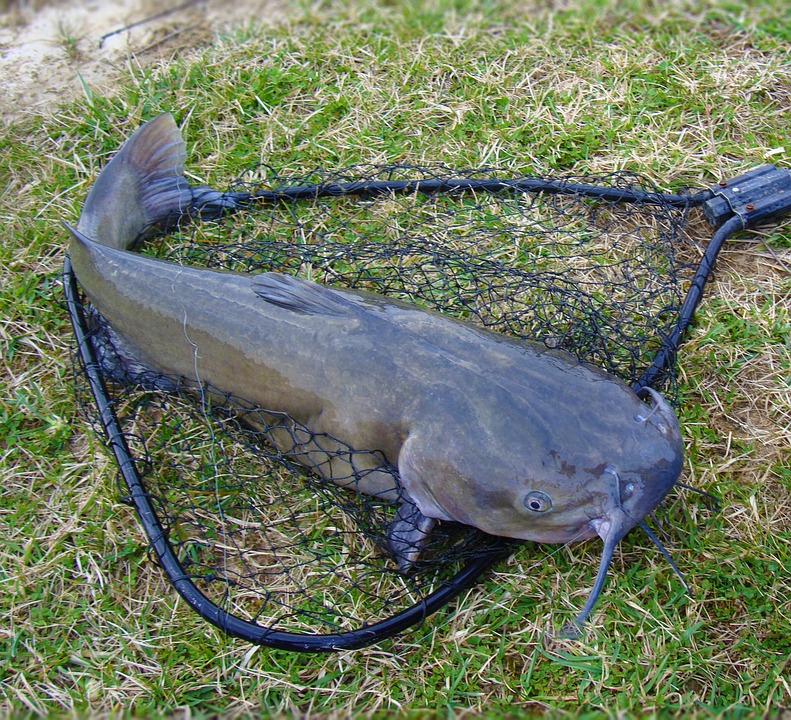
Congratulations! This post has been upvoted from the communal account, @minnowsupport, by moize from the Minnow Support Project. It's a witness project run by aggroed, ausbitbank, teamsteem, theprophet0, someguy123, neoxian, followbtcnews, and netuoso. The goal is to help Steemit grow by supporting Minnows. Please find us at the Peace, Abundance, and Liberty Network (PALnet) Discord Channel. It's a completely public and open space to all members of the Steemit community who voluntarily choose to be there.
If you would like to delegate to the Minnow Support Project you can do so by clicking on the following links: 50SP, 100SP, 250SP, 500SP, 1000SP, 5000SP.
Be sure to leave at least 50SP undelegated on your account.